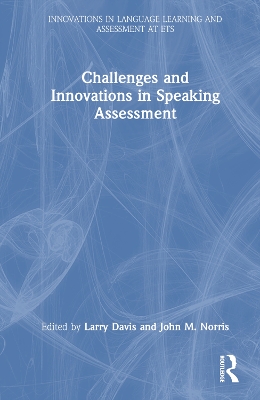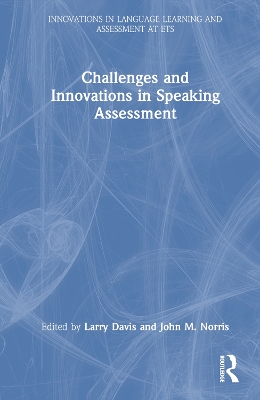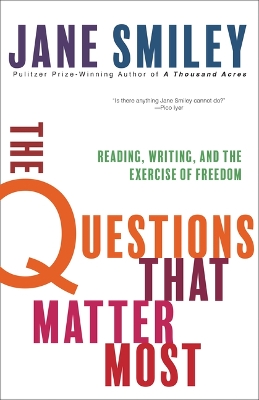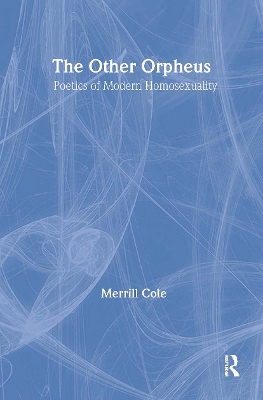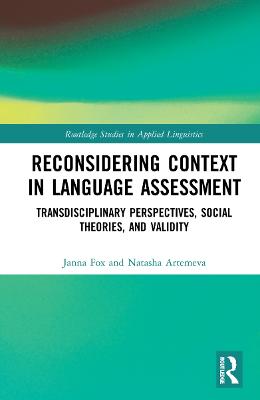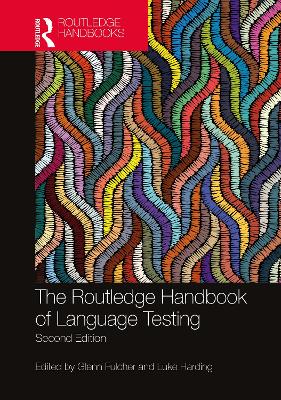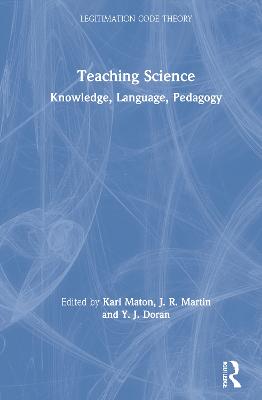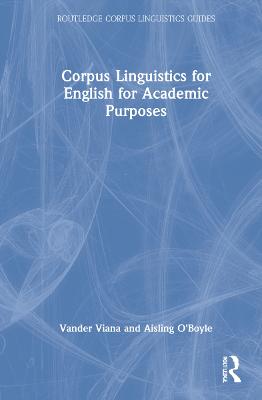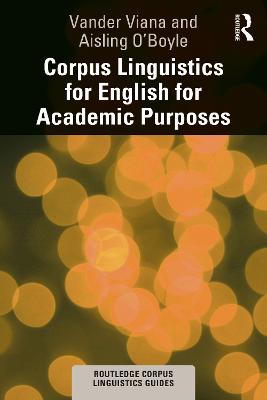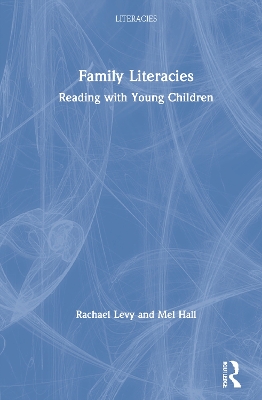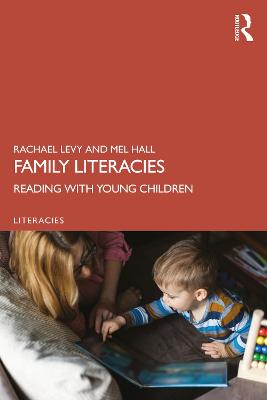Statistics in Corpus Linguistics Research
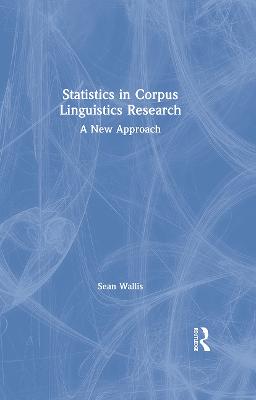 -10%
portes grátis
-10%
portes grátis
Statistics in Corpus Linguistics Research
A New Approach
Wallis, Sean
Taylor & Francis Ltd
11/2020
382
Dura
Inglês
9781138589377
15 a 20 dias
453
1 Why Do We Need Another Book on Statistics?
2 Statistics and Scientific Rigour
3 Why Is Statistics Difficult?
4 Looking Down the Observer's End of the Telescope
5 What Do Linguists Need to Know About Statistics?
Acknowledgments
A Note on Terminology and Notation
Contingency Tests for Different Purposes
PART 1
Motivations
1 What Might Corpora Tell Us About Language?
1.1 Introduction
1.2 What Might a Corpus Tell Us?
1.3 The 3A Cycle
1.4 What Might a Richly Annotated Corpus Tell Us?
1.5 External Influences: Modal Shall / Will Over Time
1.6 Interacting Grammatical Decisions: NP Premodification
1.7 Framing Constraints and Interaction Evidence
1.8 Conclusions
PART 2
Designing Experiments With Corpora
2 The Idea of Corpus Experiments
2.1 Introduction
2.2 Experimentation and Observation
2.3 Evaluating a Hypothesis
2.4 Refining the Experiment
2.5 Correlations and Causes
2.6 A Linguistic Interaction Experiment
2.7 Experiments and Disproof
2.8 What Is the Purpose of an Experiment?
2.9 Conclusions
3 That Vexed Problem of Choice
3.1 Introduction
3.2 Parameters of Choice
3.3 A Methodological Progression?
3.4 Objections to Variationism
3.5 Conclusions
4 Choice Versus Meaning
4.1 Introduction
4.2 The Meaning of Very
4.3 The Choice of Very
4.4 Refining Baselines by Type
4.5 Conclusions
5 Balanced Samples and Imagined Populations
5.1 Introduction
5.2 A Study in Genre Variation
5.3 Imagining Populations
5.4 Multi- Variate and Multi-Level Modelling
5.5 More Texts - or Longer Ones?
5.6 Conclusions
PART 3
Confidence Intervals and Significance Tests
6 Introducing Inferential Statistics
6.1 Why Is Statistics Difficult?
6.2 The Idea of Inferential Statistics
6.3 The Randomness of Life
6.4 Conclusions
7 Plotting With Confidence
7.1 Introduction
7.2 Plotting the Graph
7.3 Comparing and Plotting Change
7.4 An Apparent Paradox
7.5 Conclusions
8 From Intervals to Tests
8.1 Introduction
8.2 Tests for a Single Binomial Proportion
8.3 Tests for Comparing Two Observed Proportions
8.4 Applying Contingency Tests
8.5 Comparing the Results of Experiments
8.6 Conclusions
9 Comparing Frequencies in the Same Distribution
9.1 Introduction
9.2 The Single-Sample z Test
9.3 Testing and Interpreting Intervals
9.4 Conclusions
10 Reciprocating the Wilson Interval
10.1 Introduction
10.2 The Wilson Interval of Mean Utterance Length
10.3 Intervals on Monotonic Functions of p
10.4 Conclusions
11 Competition Between Choices Over Time
11.1 Introduction
11.2 The 'S Curve'
11.3 Boundaries and Confidence Intervals
11.4 Logistic Regression
11.5 Impossible Logistic Multinomials
11.6 Conclusions
12 The Replication Crisis and the New Statistics
12.1 Introduction
12.2 A Corpus Linguistics Debate
12.3 Psychology Lessons?
12.4 The Road Not Travelled
12.5 What Does This Mean for Corpus Linguistics?
12.6 Some Recommendations
12.7 Conclusions
13 Choosing the Right Test
13.1 Introduction
13.2 Tests for Categorical Data
13.3 Tests for Other Types of Data
13.4 Conclusions
PART 4
Effect Sizes and Meta-Tests
14 The Size of an Effect
14.1 Introduction
14.2 Effect Sizes for Two-Variable Tables
14.3 Confidence intervals on ?
14.4 Goodness of Fit Effect Sizes
14.5 Conclusions
15 Meta- Tests for Comparing Tables of Results
15.1 Introduction
15.2 Some Preliminaries
15.3 Point and Multi-Point Tests for Homogeneity Tables
15.4 Gradient Tests for Homogeneity Tables
15.5 Gradient Tests for Goodness of Fit Tables
15.7 Conclusions
PART 5
Statistical Solutions for Corpus Samples
16 Conducting Research With Imperfect Data
16.1 Introduction
16.2 Reviewing Subsamples
16.3 Reviewing Preliminary Analyses
16.4 Resampling and p-Hacking
16.5 Conclusions
17 Adjusting Intervals for Random-Text Samples
17.1 Introduction
17.2 Recalibrating Binomial Models
17.3 Examples With Large Samples
17.4 Alternation Studies With Small Samples
17.5 Conclusions
PART 6
Concluding Remarks
18 Plotting the Wilson Distribution
18.1 Introduction
18.2 Plotting the Distribution
18.3 Example Plots
18.4 Further Perspectives on Wilson Distributions
18.5 Alternative Distributions
18.6 Conclusions
19 In Conclusion
Appendices
A The Interval Equality Principle
1 Introduction
2 Applications
3 Searching for Interval Bounds With a Computer
B Pseudo-Code for Computational Procedures
1 Simple Logistic Regression Algorithm With Logit-Wilson Variance
2 Binomial and Fisher Functions
Glossary
References
Index
1 Why Do We Need Another Book on Statistics?
2 Statistics and Scientific Rigour
3 Why Is Statistics Difficult?
4 Looking Down the Observer's End of the Telescope
5 What Do Linguists Need to Know About Statistics?
Acknowledgments
A Note on Terminology and Notation
Contingency Tests for Different Purposes
PART 1
Motivations
1 What Might Corpora Tell Us About Language?
1.1 Introduction
1.2 What Might a Corpus Tell Us?
1.3 The 3A Cycle
1.4 What Might a Richly Annotated Corpus Tell Us?
1.5 External Influences: Modal Shall / Will Over Time
1.6 Interacting Grammatical Decisions: NP Premodification
1.7 Framing Constraints and Interaction Evidence
1.8 Conclusions
PART 2
Designing Experiments With Corpora
2 The Idea of Corpus Experiments
2.1 Introduction
2.2 Experimentation and Observation
2.3 Evaluating a Hypothesis
2.4 Refining the Experiment
2.5 Correlations and Causes
2.6 A Linguistic Interaction Experiment
2.7 Experiments and Disproof
2.8 What Is the Purpose of an Experiment?
2.9 Conclusions
3 That Vexed Problem of Choice
3.1 Introduction
3.2 Parameters of Choice
3.3 A Methodological Progression?
3.4 Objections to Variationism
3.5 Conclusions
4 Choice Versus Meaning
4.1 Introduction
4.2 The Meaning of Very
4.3 The Choice of Very
4.4 Refining Baselines by Type
4.5 Conclusions
5 Balanced Samples and Imagined Populations
5.1 Introduction
5.2 A Study in Genre Variation
5.3 Imagining Populations
5.4 Multi- Variate and Multi-Level Modelling
5.5 More Texts - or Longer Ones?
5.6 Conclusions
PART 3
Confidence Intervals and Significance Tests
6 Introducing Inferential Statistics
6.1 Why Is Statistics Difficult?
6.2 The Idea of Inferential Statistics
6.3 The Randomness of Life
6.4 Conclusions
7 Plotting With Confidence
7.1 Introduction
7.2 Plotting the Graph
7.3 Comparing and Plotting Change
7.4 An Apparent Paradox
7.5 Conclusions
8 From Intervals to Tests
8.1 Introduction
8.2 Tests for a Single Binomial Proportion
8.3 Tests for Comparing Two Observed Proportions
8.4 Applying Contingency Tests
8.5 Comparing the Results of Experiments
8.6 Conclusions
9 Comparing Frequencies in the Same Distribution
9.1 Introduction
9.2 The Single-Sample z Test
9.3 Testing and Interpreting Intervals
9.4 Conclusions
10 Reciprocating the Wilson Interval
10.1 Introduction
10.2 The Wilson Interval of Mean Utterance Length
10.3 Intervals on Monotonic Functions of p
10.4 Conclusions
11 Competition Between Choices Over Time
11.1 Introduction
11.2 The 'S Curve'
11.3 Boundaries and Confidence Intervals
11.4 Logistic Regression
11.5 Impossible Logistic Multinomials
11.6 Conclusions
12 The Replication Crisis and the New Statistics
12.1 Introduction
12.2 A Corpus Linguistics Debate
12.3 Psychology Lessons?
12.4 The Road Not Travelled
12.5 What Does This Mean for Corpus Linguistics?
12.6 Some Recommendations
12.7 Conclusions
13 Choosing the Right Test
13.1 Introduction
13.2 Tests for Categorical Data
13.3 Tests for Other Types of Data
13.4 Conclusions
PART 4
Effect Sizes and Meta-Tests
14 The Size of an Effect
14.1 Introduction
14.2 Effect Sizes for Two-Variable Tables
14.3 Confidence intervals on ?
14.4 Goodness of Fit Effect Sizes
14.5 Conclusions
15 Meta- Tests for Comparing Tables of Results
15.1 Introduction
15.2 Some Preliminaries
15.3 Point and Multi-Point Tests for Homogeneity Tables
15.4 Gradient Tests for Homogeneity Tables
15.5 Gradient Tests for Goodness of Fit Tables
15.7 Conclusions
PART 5
Statistical Solutions for Corpus Samples
16 Conducting Research With Imperfect Data
16.1 Introduction
16.2 Reviewing Subsamples
16.3 Reviewing Preliminary Analyses
16.4 Resampling and p-Hacking
16.5 Conclusions
17 Adjusting Intervals for Random-Text Samples
17.1 Introduction
17.2 Recalibrating Binomial Models
17.3 Examples With Large Samples
17.4 Alternation Studies With Small Samples
17.5 Conclusions
PART 6
Concluding Remarks
18 Plotting the Wilson Distribution
18.1 Introduction
18.2 Plotting the Distribution
18.3 Example Plots
18.4 Further Perspectives on Wilson Distributions
18.5 Alternative Distributions
18.6 Conclusions
19 In Conclusion
Appendices
A The Interval Equality Principle
1 Introduction
2 Applications
3 Searching for Interval Bounds With a Computer
B Pseudo-Code for Computational Procedures
1 Simple Logistic Regression Algorithm With Logit-Wilson Variance
2 Binomial and Fisher Functions
Glossary
References
Index

